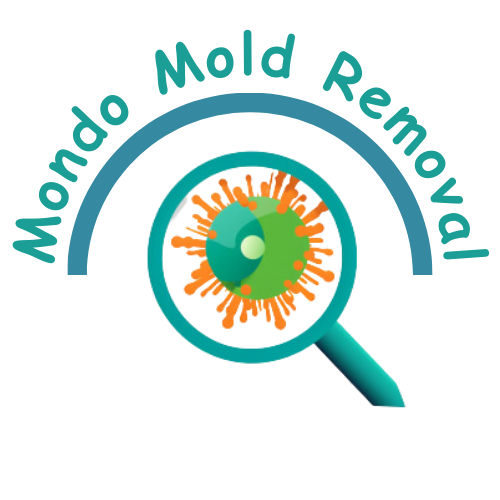Hey there! Have you noticed unsightly mold starting to creep onto your ceiling? Don’t worry, we’ve got you covered. In this article, we’ll guide you on how to effectively get rid of mold and restore the pristine look of your ceiling. Mold can be a pesky problem, but with some simple steps and a friendly approach, you’ll be saying goodbye to mold and hello to a fresh and clean ceiling in no time. So, let’s roll up our sleeves and tackle this issue together!
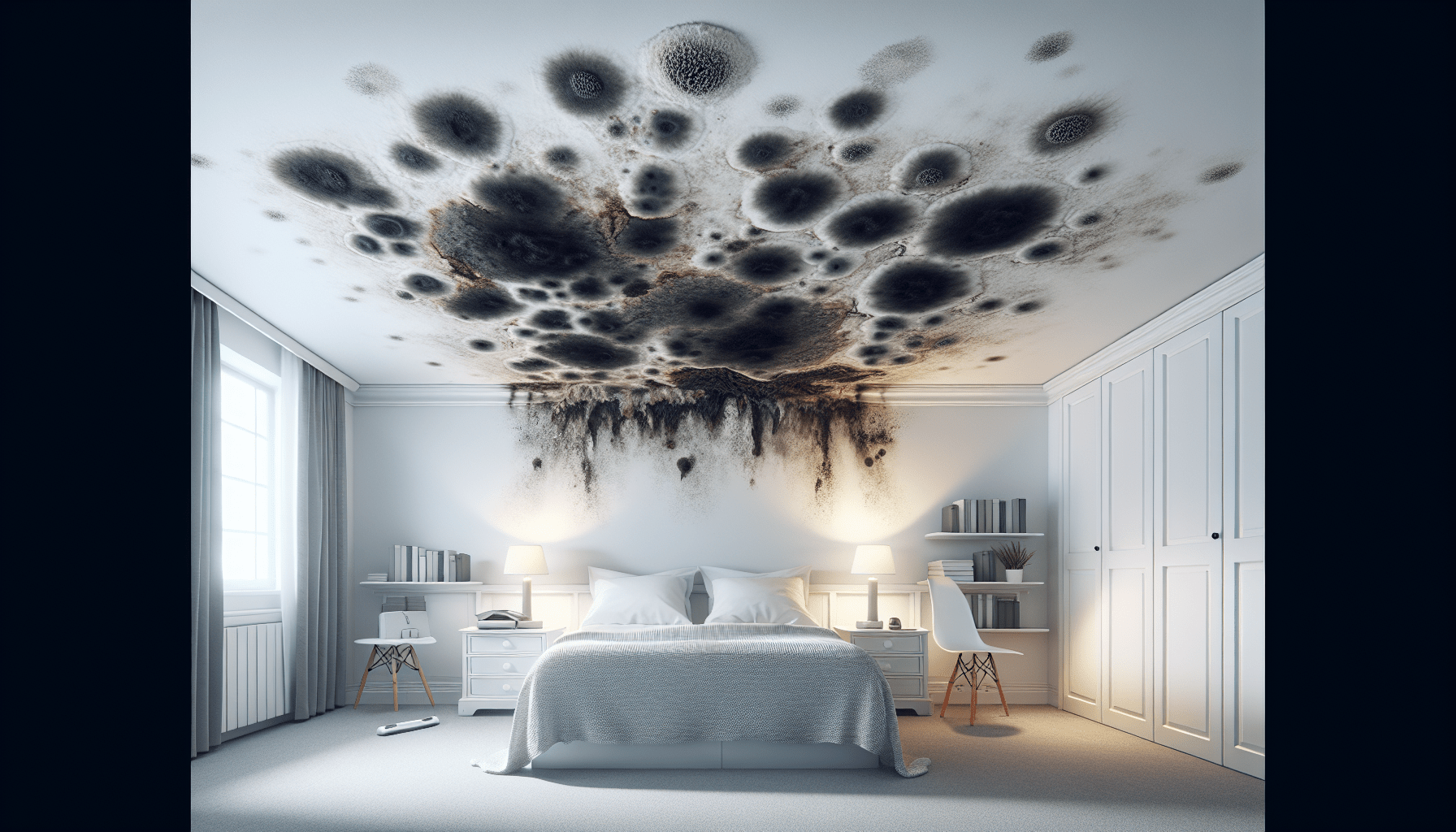
Identify the cause of the mold
Check for water leaks
The first step in getting rid of mold on your ceiling is to identify the root cause. Water leaks are a common cause of mold growth, so it’s important to thoroughly check for any signs of leaking pipes, roof leaks, or plumbing issues. Look for water stains, drips, or pooling water that could indicate an active leak.
Inspect ventilation
Poor ventilation can create a moist environment that promotes mold growth. Inspect your ceiling vents, bathroom exhaust fans, or attic fans to ensure they are functioning properly. Make sure they are free of any debris or obstructions that may prevent proper air circulation. Improving ventilation can help reduce moisture levels and prevent future mold growth.
Look for condensation
Condensation occurs when warm, humid air comes into contact with a cooler surface. Excessive condensation can contribute to mold growth, so inspect your ceiling for any signs of condensation or water droplets. This could be a result of high humidity levels or inadequate insulation. Taking steps to reduce condensation will be crucial in preventing mold from reoccurring.
Evaluate insulation
Inadequate insulation can lead to temperature imbalances, which can create the perfect conditions for mold growth. Check the insulation in your attic or walls to ensure it is properly installed and providing sufficient coverage. Improving insulation can help maintain consistent temperatures and reduce the likelihood of mold development.
Prepare the necessary equipment
Safety precautions
Before starting the mold removal process, it’s important to prioritize your safety. Mold can be harmful to your health, so it’s recommended to wear gloves, eye protection, and a mask to prevent inhalation of mold spores. Additionally, ensure that the area is well-ventilated by opening windows or using fans.
Cleaning tools
To effectively remove mold from your ceiling, you’ll need a few cleaning tools. These can include a scrub brush or sponge for physically removing the mold, a bucket for water and cleaning solutions, and a ladder or step stool to reach elevated areas. Having these tools readily available will make the cleaning process more efficient.
Protective gear
In addition to safety precautions, it’s important to wear appropriate protective gear during the mold removal process. Disposable coveralls or old clothing that can be discarded afterward can prevent mold spores from getting on your clothes. Protective shoe covers can also prevent the spread of mold to other areas of your home.
Remove the mold
Contain the affected area
Before you start cleaning, it’s essential to contain the affected area to prevent the spread of mold spores. Use plastic sheets or tarps to seal off the area and cover any furniture or belongings to protect them from mold spores. This will help maintain a controlled environment during the cleaning process.
Scrub the mold
Using a scrub brush or sponge, physically remove the mold from the ceiling. Gently scrub the affected areas in a circular motion to loosen the mold from the surface. Be thorough and ensure that you cover all visible mold patches. Rinse the brush or sponge frequently in a bucket of water to remove the loosened mold.
Use cleaning solutions
To effectively kill and remove mold, use cleaning solutions specifically designed for mold removal or make your own. A mixture of water and detergent, or a solution of vinegar and water, can be effective in removing mold. Apply the cleaning solution to the affected areas and allow it to sit for a few minutes before scrubbing again. This will help break down the mold and facilitate its removal.
Dry the ceiling
After removing the mold, it’s crucial to thoroughly dry the ceiling to prevent any remaining moisture from contributing to future mold growth. Use fans, open windows, or dehumidifiers to help expedite the drying process. Ensuring the ceiling is completely dry will help eliminate the conditions that promote mold growth.
Address the underlying issue
Fix water leaks
To prevent mold from returning, it’s important to address any underlying water leaks. Repair any leaking pipes, roof leaks, or plumbing issues that were identified during the initial inspection. By eliminating the source of moisture, you can effectively prevent mold from reoccurring on your ceiling.
Improve ventilation
If poor ventilation was identified as a factor contributing to mold growth, take steps to improve it. Consider installing or upgrading ceiling vents, bathroom exhaust fans, or attic fans to promote better air circulation and moisture control. Proper ventilation will help prevent the buildup of moisture and reduce the likelihood of mold development.
Reduce condensation
Excessive condensation can be a breeding ground for mold, so it’s important to take steps to reduce it. Use dehumidifiers in areas prone to high humidity, such as bathrooms or basements. Consider installing insulation with a vapor barrier to minimize condensation on the ceiling. By reducing condensation, you can create an environment that is less conducive to mold growth.
Enhance insulation
Inadequate insulation can create temperature imbalances that contribute to mold growth. Improve insulation in your attic or walls to help maintain consistent temperatures and prevent condensation. Proper insulation will not only make your home more energy-efficient but also reduce the risk of mold development.
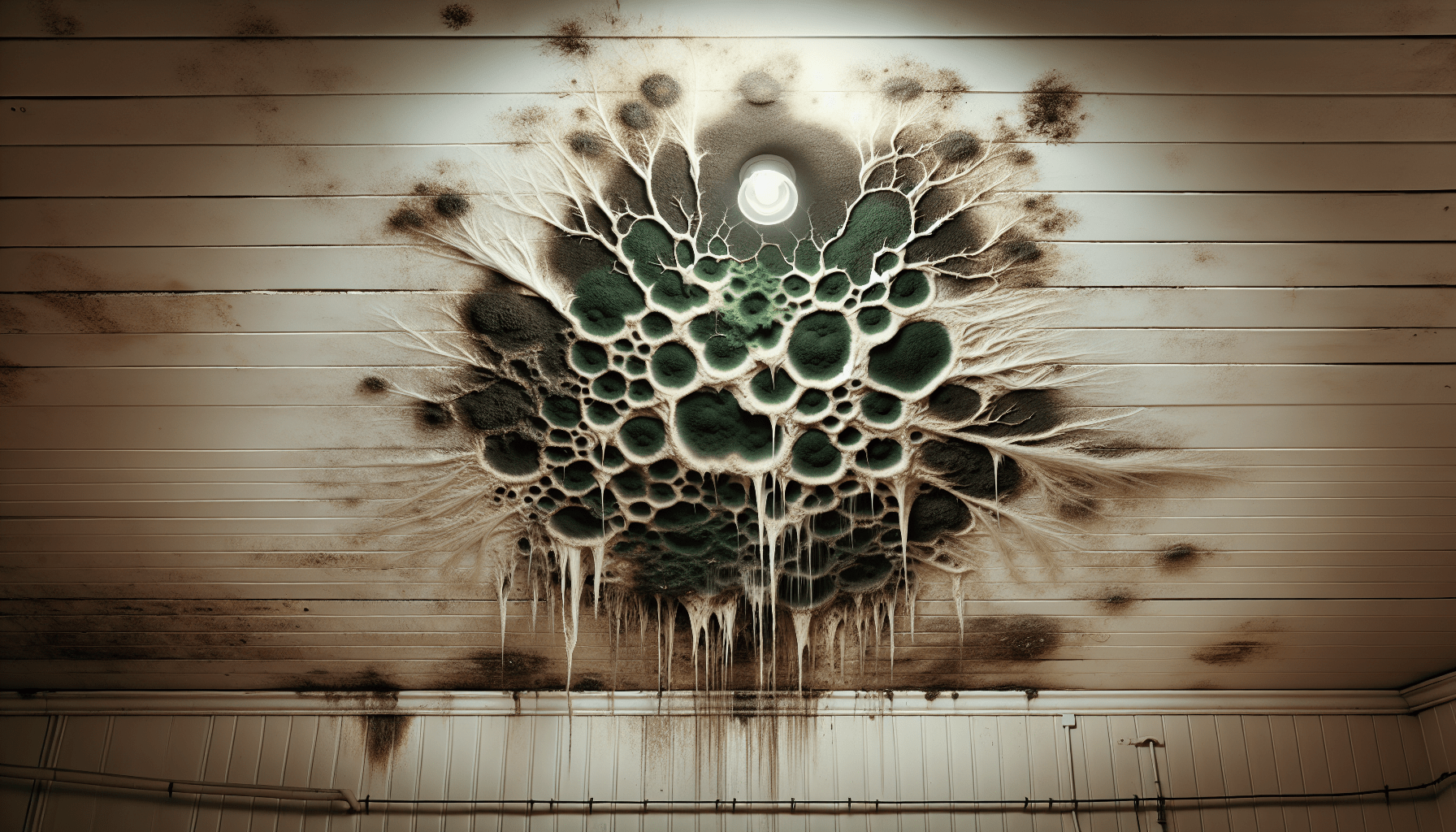
Prevent future mold growth
Maintain proper humidity levels
Mold thrives in environments with high humidity levels, so it’s important to maintain proper humidity levels in your home. Use dehumidifiers in areas that tend to be humid, such as bathrooms or basements. Keep your home well-ventilated and consider using air conditioners or fans to circulate air and reduce humidity.
Monitor for signs of water damage
Regularly inspect your ceiling for any signs of water damage, such as stains or discoloration. Act promptly if you notice any water stains, as they may indicate an underlying water leak. By addressing water damage early on, you can prevent mold from taking hold and spreading.
Regularly clean and inspect the ceiling
To prevent mold growth, it’s important to regularly clean and inspect your ceiling. Dust and vacuum the ceiling to remove any debris that may contribute to mold growth. Additionally, periodically inspect the ceiling for any signs of mold or water damage. Early detection and maintenance are key to preventing mold from becoming a larger issue.
Consider mold-resistant paint
If you live in an area prone to high humidity or have had recurring mold issues, consider using mold-resistant paint on your ceiling. Mold-resistant paint contains additives that help inhibit the growth of mold and mildew. Applying a fresh coat of paint can not only enhance the aesthetic appeal but also serve as an additional preventive measure against future mold growth.
Consult a professional
When to seek professional help
While many cases of ceiling mold can be addressed through DIY methods, there are instances when it’s best to seek professional help. If the mold covers a large area, is accompanied by severe water damage, or is a result of a more complex underlying issue, it’s advisable to consult a professional mold removal specialist. They have the expertise and specialized equipment to effectively handle mold remediation in such cases.
Hiring a mold removal specialist
When hiring a mold removal specialist, it’s important to do your research and choose a reputable and experienced professional. Seek recommendations from friends, family, or trusted sources, and check online reviews or credentials. A qualified specialist will be able to assess the extent of the mold problem, identify the underlying cause, and implement appropriate remediation measures.
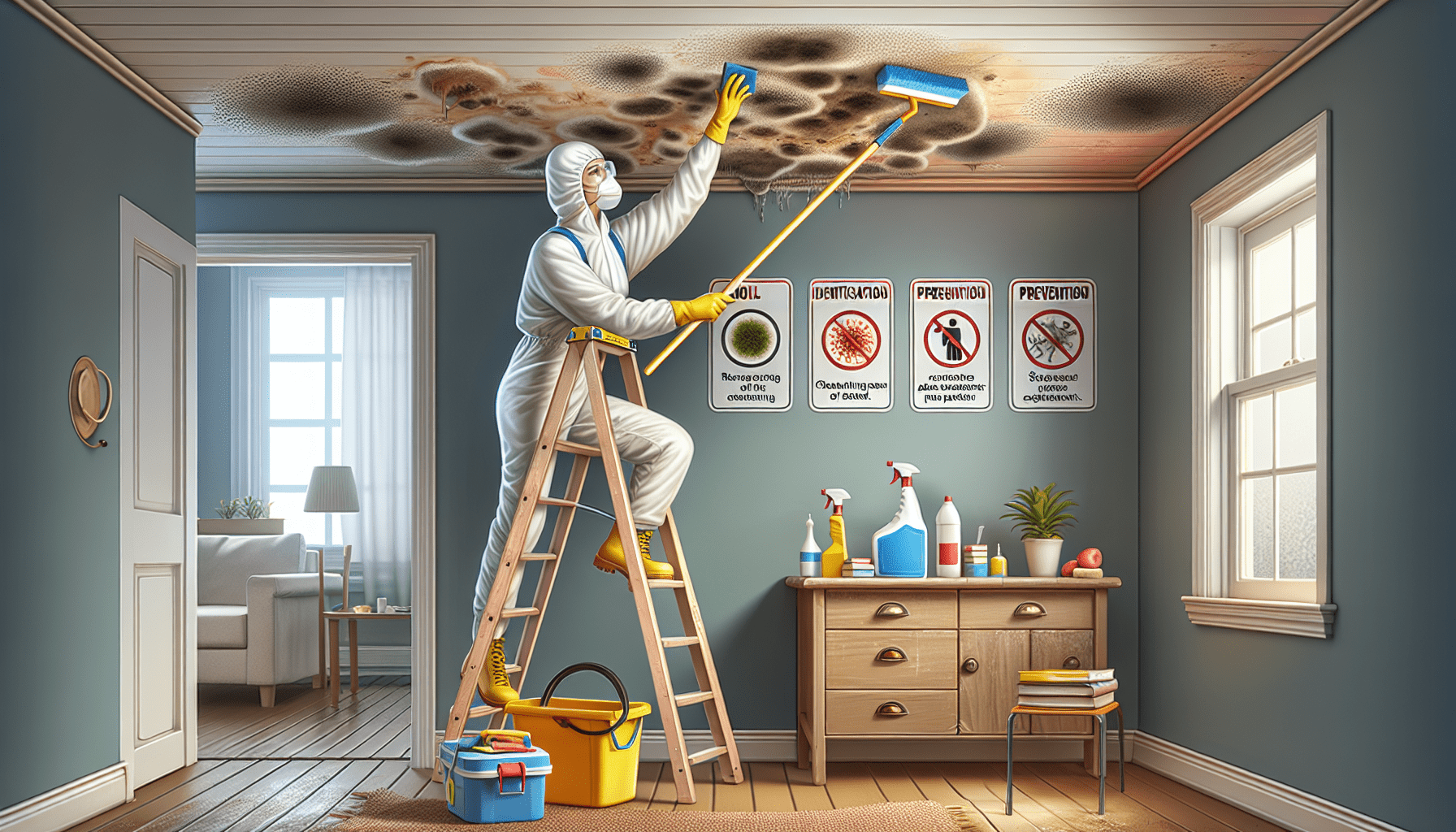
Health risks and precautions
Health hazards of mold exposure
Exposure to mold can pose health risks, especially for individuals with allergies, respiratory conditions, or weakened immune systems. Mold spores can cause allergic reactions, respiratory problems, eye irritation, and skin rashes. Prolonged or extensive exposure to mold may lead to more severe health effects. It’s important to take necessary precautions when dealing with mold to protect yourself and others in your home.
Safety measures when dealing with mold
When removing mold, it’s crucial to prioritize safety measures to minimize health risks. Wear gloves, eye protection, and a mask to prevent direct contact with mold spores and inhalation. Work in a well-ventilated area by opening windows or using fans to minimize exposure to mold spores. Properly dispose of any materials contaminated with mold, and thoroughly clean yourself and the area after mold removal.
Common misconceptions about mold
Bleach as a mold remover
Contrary to popular belief, bleach is not an effective mold remover. While it can help lighten the appearance of mold, it does not kill the spores or remove them from the surface. Additionally, bleach can be harmful and toxic if used incorrectly and can damage certain materials. It’s best to use specialized mold removal products or natural alternatives for effective mold removal.
Using paint to cover mold
Painting over mold is not a solution for mold removal. Covering up mold with paint does not address the underlying issue and can result in further damage. Mold will continue to grow and spread underneath the paint, exacerbating the problem. It’s important to remove the mold completely and address the root cause before considering any cosmetic fixes.
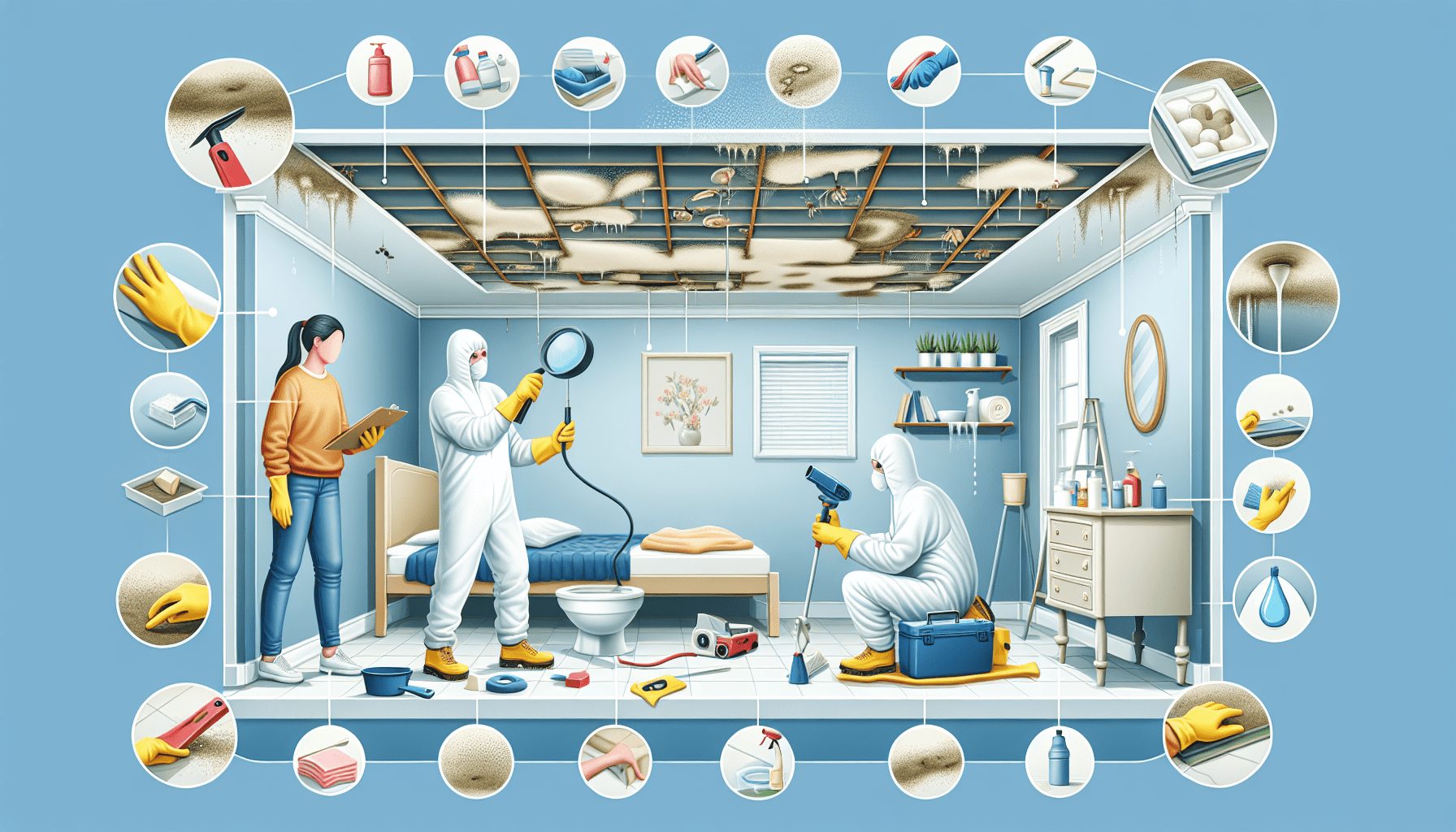
Cleaning alternatives for small areas
Vinegar and baking soda solution
A mixture of vinegar and baking soda can be an effective natural remedy for removing mold. Mix equal parts of vinegar and water and spray it onto the affected area. Allow it to sit for a few minutes, then sprinkle baking soda on top and scrub with a brush. Rinse the area with water and dry thoroughly. This solution can help kill and remove mold without the use of harsh chemicals.
Hydrogen peroxide
Hydrogen peroxide is another natural alternative for mold removal. It is effective in killing mold and can also help remove stains. Simply pour hydrogen peroxide directly onto the moldy area and let it sit for 10-15 minutes. Use a brush or sponge to scrub the mold, then rinse the area with water and dry thoroughly.
Tea tree oil
Tea tree oil has natural antifungal properties and can be used to remove mold. Mix 1 teaspoon of tea tree oil with 1 cup of water and spray it onto the affected area. Allow it to sit for a few hours, then scrub the mold with a brush. Rinse the area with water and dry thoroughly. Tea tree oil not only removes mold but also leaves a pleasant scent.
Conclusion
Dealing with mold on your ceiling may seem daunting, but by following the steps outlined in this comprehensive guide, you can effectively remove the mold, address the underlying causes, and prevent future mold growth. Identifying the root cause, preparing the necessary equipment, removing the mold, addressing underlying issues, and taking preventive measures will help you maintain a mold-free home. Always prioritize your safety and consider seeking professional help if needed. With the right approach, you can restore a clean and healthy environment to your ceiling and enjoy peace of mind.





